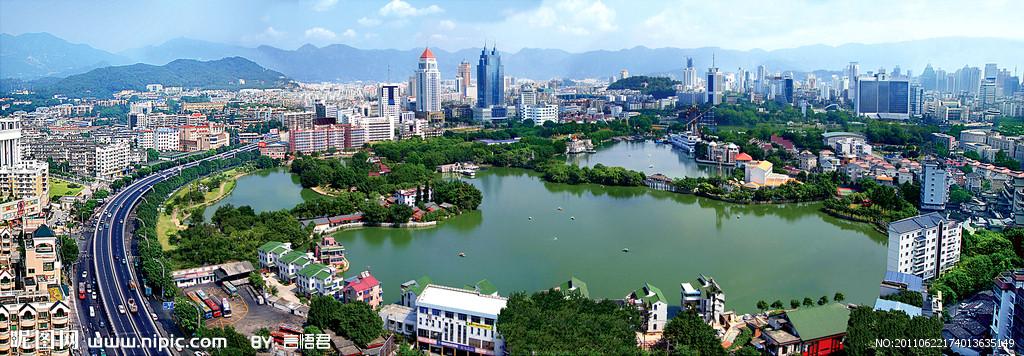Location
Fuzhou City, China
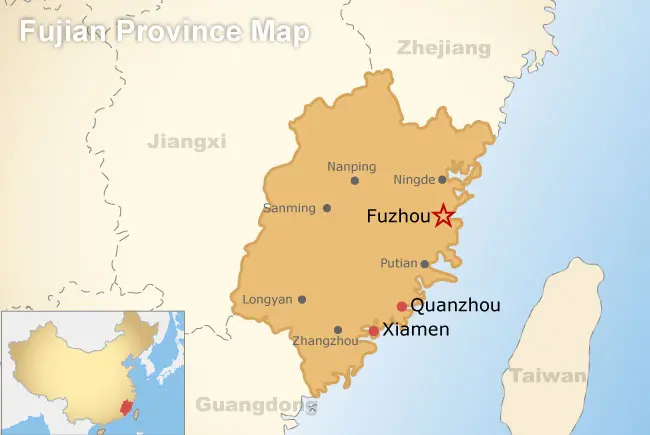
Fuzhou, alternately romanized as Foochow, is the capital and one of the largest cities in Fujian province, China. Along with the many counties of Ningde, those of Fuzhou are considered to constitute the Mindong (lit. Eastern Fujian) linguistic and cultural area.Fuzhou lies on the north (left) bank of the estuary of Fujian's largest river, the Min River. All along its northern border lies Ningde, and Ningde's Gutian County lies upriver. Its population was 7,115,370 inhabitants as of the 2010 census, of whom 4,408,076 inhabitants are urban representing around 61.95%, while rural population is at 2,707,294 representing around 38.05%. As of 31 December 2018, the total population was estimated at 7,740,000 whom 4,665,000 lived in the built-up (or metro) area made of 5 urban districts plus Minhou County. In 2015, Fuzhou was ranked as the 10th fastest growing metropolitan area in the world by Brookings Institution. Fuzhou is listed as No. 20 in China Integrated City Index 2016's total ranking, a study conducted by National Development and Reform Commission.
Demographics
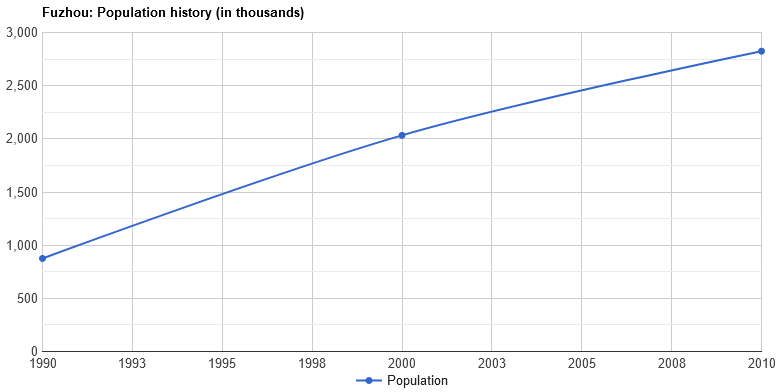
| 1990-2000 | +8.79 %/year |
| 2000-2010 | +3.34 %/year |
Source: population.city
History of the Population
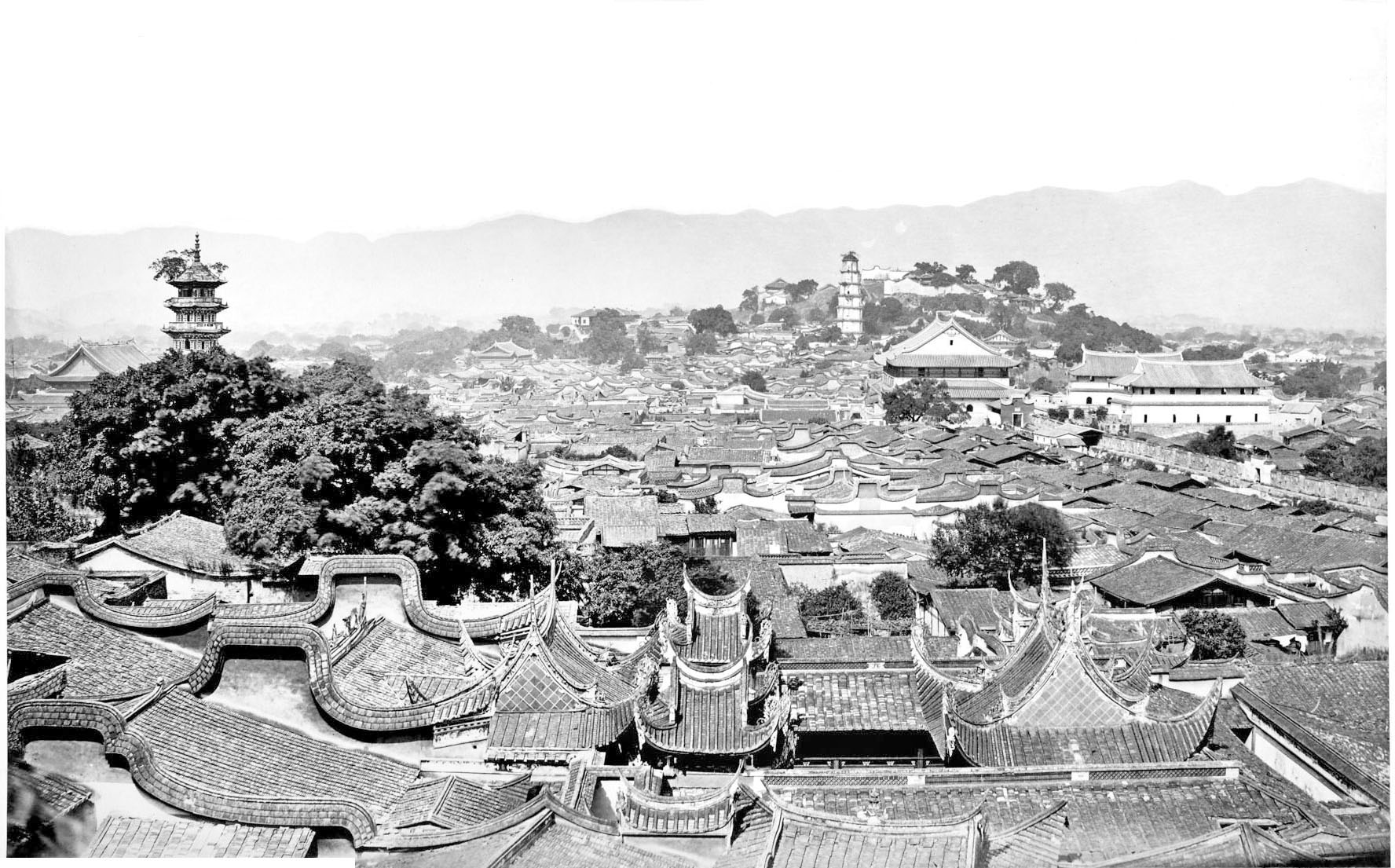
Fuzhou was occupied by People's Liberation Army with little resistance on 17 August 1949.[28]In the 1950s, the city was on the front line of the conflict with KMT in Taiwan, as hostile KMT aircraft frequently bombed the city. The bombing on 20 January 1955 was the most serious one, killing hundreds of people.[29]Fuzhou was also involved in violent mass chaos during the Cultural revolution. Different groups of Red Guards fought with each other using guns on the streets of the city, and even attacking the People's Liberation Army.[30]Under the reform and opening policy since the late 1970s, Fuzhou has developed rapidly. In 1982, Fuzhou became the first city in China where the stored program control was introduced, which marked a milestone in the history of telecommunications in China. In 1984, Fuzhou was chosen as one of the first branches of Open Coastal Cities by the Central Government.On December 13, 1993, a raging fire swept through a textile factory in Fuzhou and claimed the lives of 60 workersOn October 2, 2005, floodwaters from Typhoon Longwang swept away a military school, killing at least 80 paramilitary officers.
Culture and Attractions
Culture
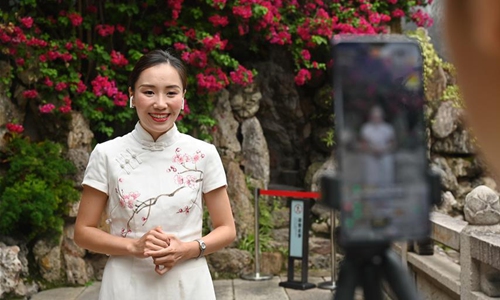
Besides Mandarin Chinese, the majority local residents of Fuzhou (Fuzhou people) also speak Fuzhou dialect (福州話), the prestige form of Eastern Min. Min opera, also known as Fuzhou drama, is one of the major operas in Fujian Province. It enjoys popularity in the Fuzhou area and in neighboring parts of Fujian such as the northeast and northwest areas where the Fuzhou dialect is spoken, as well as in Taiwan and the Malay Archipelago. It became a fixed opera in the early 20th century. There are more than 1,000 plays of Min opera, most of which originate from folk tales, historical novels, or ancient legends, including such traditional plays as "Making Seal", "The Purple Jade Hairpin" and "Switching Fairy Peach with Litchi. Fuzhou cuisine is most notably one of the four traditional cooking styles of Fujian cuisine, which in turn is one of the eight Chinese regional cuisines. Dishes are light but flavorful, with particular emphasis on umami taste, known in Chinese cooking as xianwei (simplified Chinese: 鲜味; traditional Chinese: 鮮味; pinyin: xiānwèi), as well as retaining the original flavor of the main ingredients instead of masking them. In Fuzhou cuisine, the taste is light compared to that of some other Chinese cooking styles, and often have a mixed sweet and sour taste. Soup, served as an indispensable dish in meals, is cooked in various ways with local seasonal fresh vegetables and seafood and often added with local cooking wine (福建老酒).
Attractions
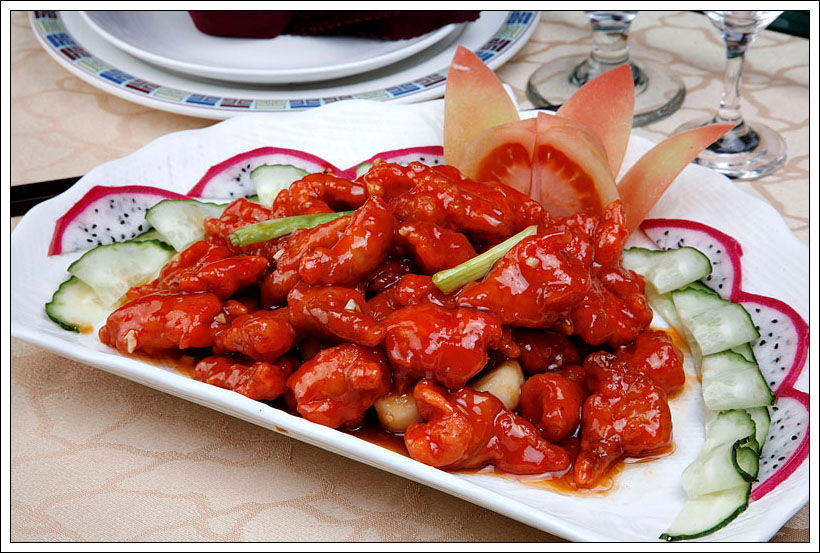
Fuzhou is famous for its street food and snacks. Some notable street food dishes include Fuzhou fish balls (魚丸), meat-pastry dumplings (扁肉燕), oyster cake (海蛎饼), rice scroll soup (鼎邊糊), guong bian (光餅; a kind of mildly savory pastry), and pork floss (肉鬆). Many of these street food dishes have a long history and their own local legend; an example would be the oyster cake, according Fuzhou local folklore, in the early Qing dynasty, there was a young man who inherited his father's dim sum business, despite all his hard works, he only managed to earn enough money to feed himself, not enough to raise and feed a family of his own. One night, he dreamt of a silver-haired elderly man, who told him that he has very good fortune, the young man then asked him what he can do to obtain good luck, the elderly man then floated away. That's when the young man notice the setting moon, and after the moon sank under the clouds, rose from the east a golden sun. he was inspired by the dream and invented oyster cake, which is white like the moon before being lowered into hot grease and coming out golden as the morning sun. According to the legend, after the young man made a fortune out of his invention and his oyster cake was imitated by many others, which was passed down till this day. another example of a Fuzhou street food with a long history is rice scroll soup, which became popular in Fuzhou in the early part of the Qing dynasty. As more Fuzhou residents settled overseas, Fuzhou dishes spread to Taiwan, Southeast Asia and the U.S.. For example, one is able to find guong bian and Fuzhou fish balls in Sitiawan in Ipoh, Malaysia while Fuzhou fish balls, meat-pastry dumplings and rice scroll soup can be found in New York's Chinatown.Fuzhou residents also enjoy eating festival foods during traditional Chinese holidays. For example, red and white rice cakes (年糕) are served over Chinese New Year, stuffed yuanxiao (元宵) during the Lantern Festival, zongzi (粽子) during the Dragon Boat Festival, and sweet soy bean powder-covered plain yuanxiao over the winter solstice.
Economy
Driven by manufacturing
.jpg)
Industry is supplied with power by a grid running from the Gutian hydroelectric scheme in the mountains to the northwest. The city is a center for commercial banking, designer brands and timber-working, engineering, papermaking, printing, and textile industries. A small iron and steel plant was built in 1958. In 1984 Fuzhou was designated one of China's "open" cities in the new open-door policy inviting foreign investments. Handicrafts remain important in the rural areas, and the city is famous for its lacquer and wood products.Its GDP was ¥75,614 (c. US$12,140) per capita in 2015, ranked no. 52 among 659 Chinese cities.Fuzhou is undoubtedly the province's political, economic and cultural center as well as an industrial center and seaport on the Min River. In 2008, Fuzhou's GDP amounted to ¥228.4 billion, an increase of 13 percent.[46]Manufactured products include chemicals, silk and cotton textiles, iron and steel, and processed food. Among Fuzhou's exports are fine lacquerware and handcrafted fans and umbrellas. The city's trade is mainly with Chinese coastal ports. Its exports of timber, food products, and paper move through the harbor at Guantou located about 50 kilometres (31 mi) downstream.
In 2008, exports reached US$13.6 billion, a growth of 10.4 percent while imports amounted to US$6.8 billion. Total retail sales for the same period came to ¥113.4 billion and per capita GDP grew to ¥33,615.[47] During the same period, Fuzhou approved 155 foreign-invested projects. Contracted foreign investment amounted to US$1.489 billion, while utilized foreign investment increased by 43 percent to US$1.002 billion.
Source: Wikipidea.com
